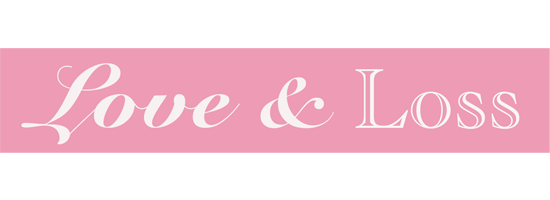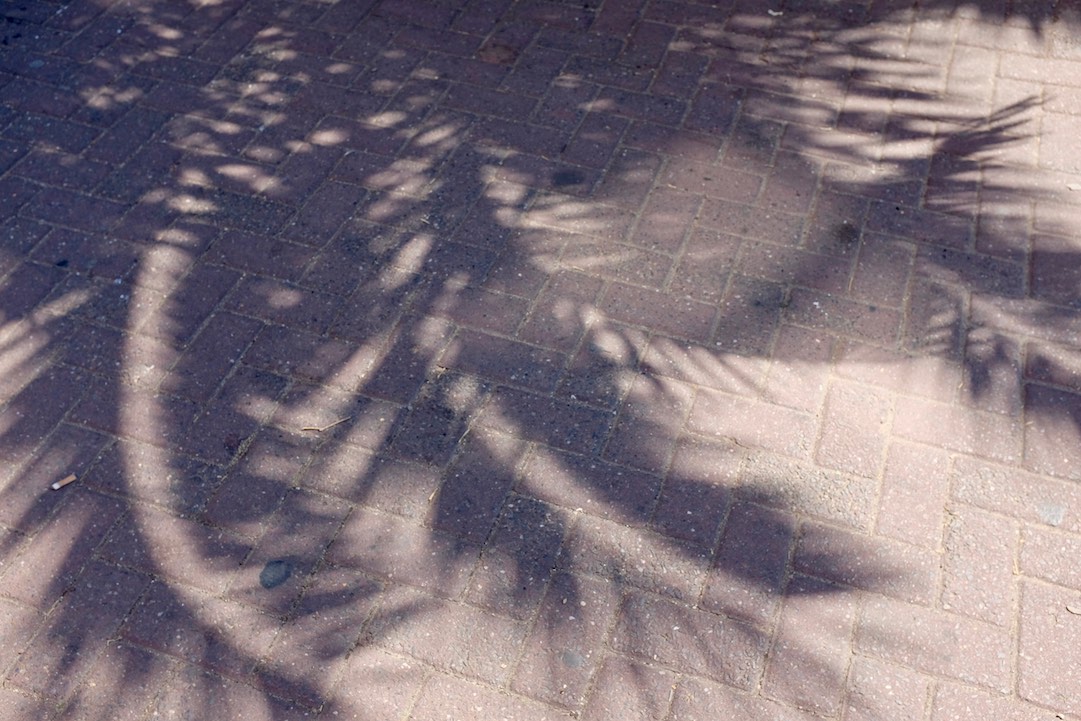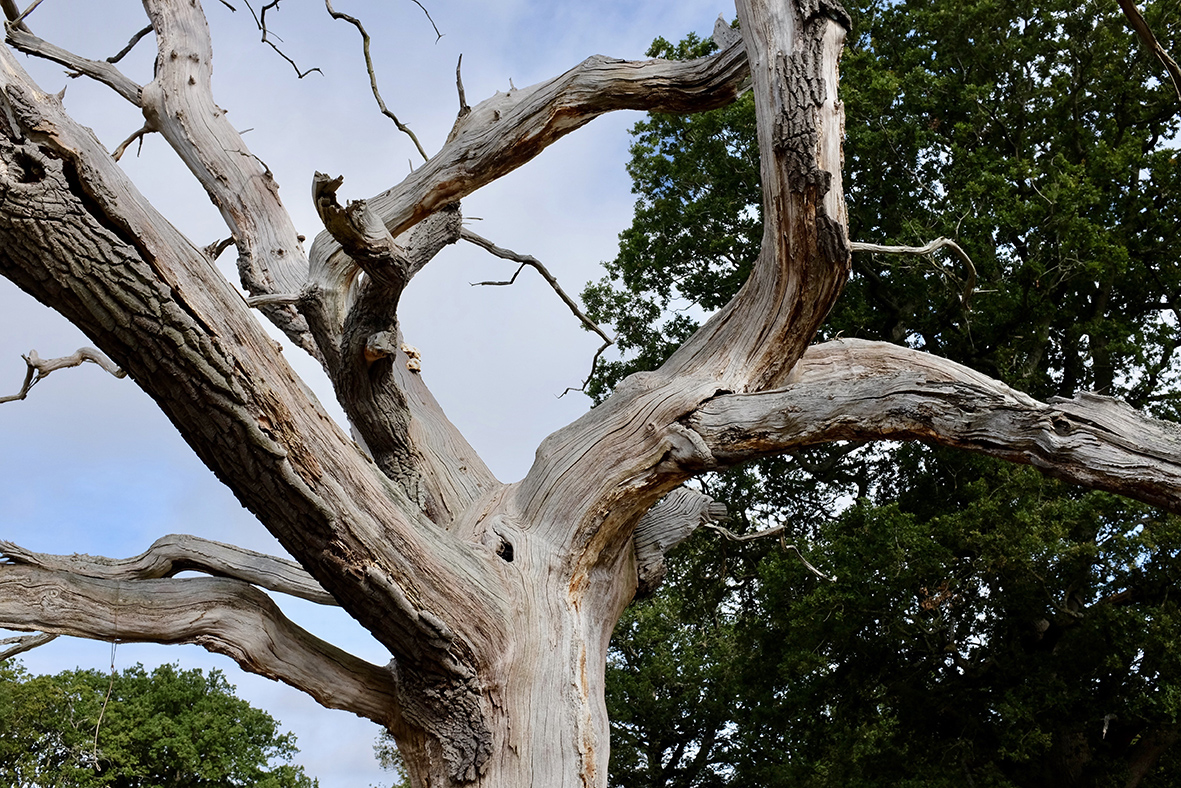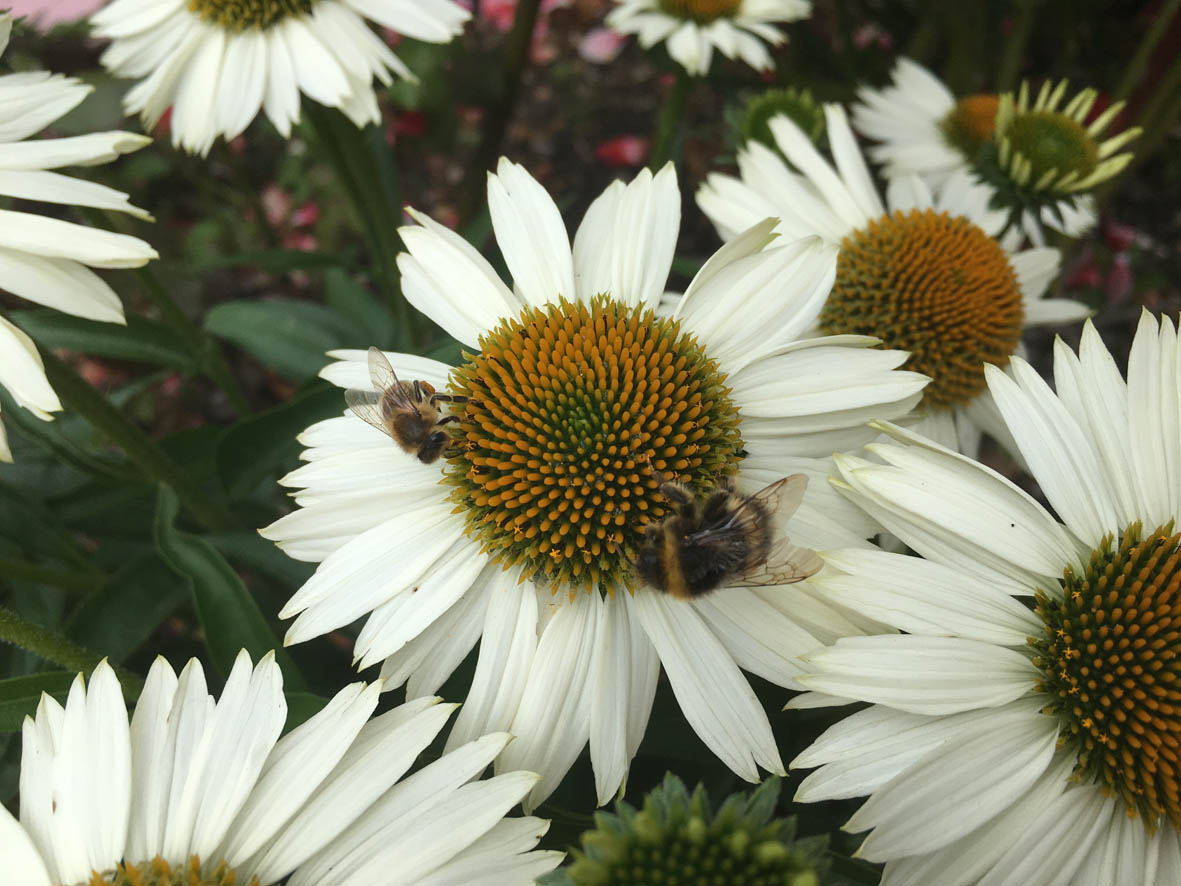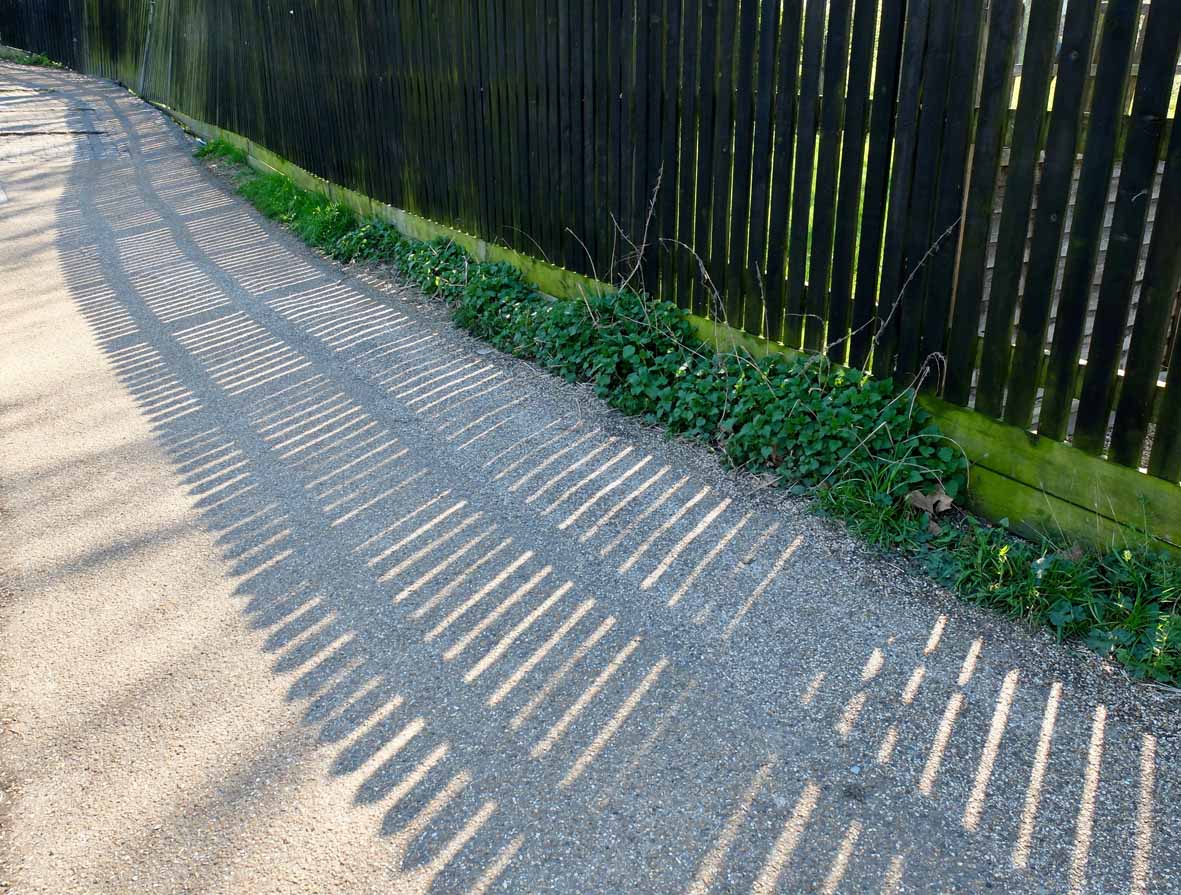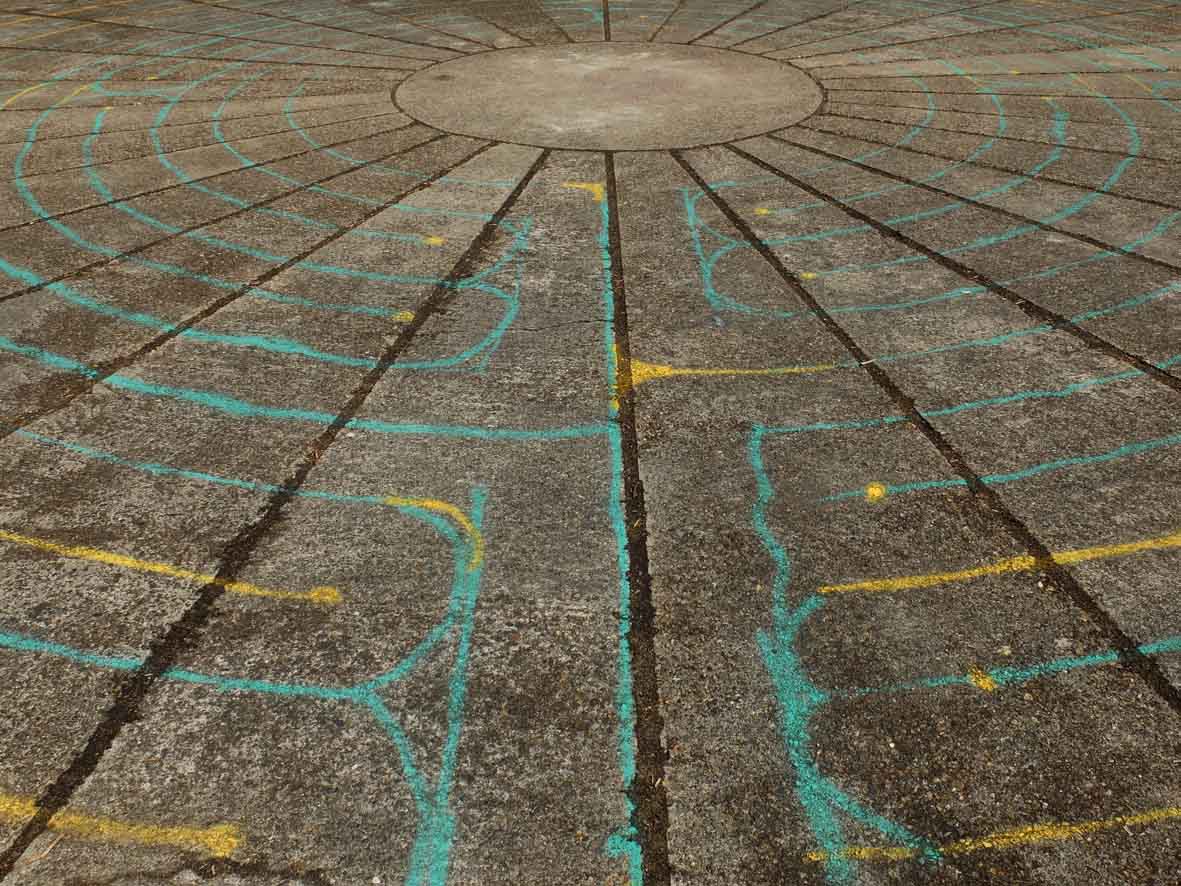Posted at 20:46h
in
Articles
by admin

How to Find Support For Dealing With Grief
The Buddha asks Kisa Gotami, who is deep in grief:
“Bring me a mustard seed but it must be taken from a house where no one residing in the house has ever lost a family member. Bring this seed back to me and your son will come back to life.”
When we really need help, what are supportive ways for dealing with grief and loss? In the Buddhist story Kisa Gotami a grieving mother, asks the Buddha for help. Like Kisa Gotami, the reality that ‘everything you love you will lose’ (Francis Weller’s 1st Gate) may not touch you until you are in the clutches of grief. Kisa Gotami goes to her village, where she begins to find others who know the experience of grief.
Grief is an initiation. It is an inevitable part of being human, as Kisa Gotami discovers. Everything changes and everyone dies in the natural cycle, so at some point someone or something that we love will end. How we cope with the complex emotions of grief when it comes, is the challenge. Grief Tending is one way to find support for dealing with grief. It is a group practice to process grief.
How do I Find Support?
Before people come to a Grief Tending workshop, we ask that they connect with additional support during and also after the event. In this article I try to map some of the different ways to find support in order to process grief. Any of the following approaches may be useful when looking for support when working with Grief Tending as an occasional or regular practice.
Healing Grief
Healing grief may be what we long for, but to begin a journey towards acceptance we may need to find support. Our grief is a unique experience, and what each person needs will be different. When or if we feel safe enough to give space to our emotions will also be different. When we trust another person, we may be able to co-regulate our nervous systems so that we can give time and attention to our feelings. Feeling supported or ‘held’ may happen with the right conditions, with one person or in a group. We can only begin to heal from trauma when we have enough support.
The Fried Egg Theory
One way of looking at recovery from grief, also known as the ‘fried egg theory’, is when the grief stays just as big, but life begins to grow around it.
Lois Tonkin who puts forward this theory writes:
“What helps some clients about this model (and it does not fit everyone) is that it relieves them of the expectation that their grief should largely go away. It explains the dark days, and also describes the richness and depth the experience of grief has given to their lives”.
From ‘Growing around grief – another way of looking at grief and recovery’ by Lois Tonkin.
Support for Dealing With Grief
Communities and our sense of belonging vary widely. Sometimes there is a wide range of inter-relationships and open communication between people. Perhaps there is an existing network of support for dealing with grief. There may be traditions, healers and practices to call on, especially around coping with death and dying. We may find intact or partial traditions that are recognisable in our own families, communities or faith teachings that may help us to deal with grief.
However, for a huge number of people it can feel as though grief is something that they are left to deal with on their own. Perhaps there are some traditional ways of grieving in their own background, but they don’t feel a connection with them. There may be practices that were more familiar to previous generations, which have been forgotten.
Weaving A ‘Basket’ of Support
In order to heal, we need to weave a basket of different kinds of support together. What this comprises is up to you. Start where you are and figure out what you need first.
Some of us have better developed networks of support than others. This may include people to talk to – friends, family, neighbours, work colleagues and health professionals. If we have financial resources, we may have more options to find a place to take our sorrows – a therapist, or body worker perhaps. If we are lucky, we may be able to access counselling services through a local organisation such as a hospice support group. There may be a charity or help line which serves as an emergency safety net for us in crisis. Links to crisis support here.
Finding Help for Dealing With Grief to Build Resilience
This is a brief over-view of some of the different kinds of support available for working with grief. This is not an exclusive list, and is intended as a rough guide to inspire further research and exploration. Always trust your gut feeling of what feels right for you right now. Most practitioners and therapists will welcome questions about how they work and whether they can meet your needs. Every person’s experience of grief is unique and each journey of learning how to cope with grief is different. You may want to include approaches that complement each other.
One to One Support Versus a Group for Dealing With Grief
One to one sessions will be tailored to your specific focus, with time to unfold your story. This is particularly helpful if you are dealing with intense grief or recent bereavement. Groups can offer witnessing, and shared understanding. Trust your intuition on what appeals to you. These two ways of working can support and complement each other. It is important to recognise that different approaches will suit different people, budgets or be helpful at different times.
Grief Tending Workshop
A short Grief Tending workshop (one day or less) can be a great introduction to the practice of Grief Tending in community. Ideally attention is given to both what supports us, and to our grief. A group comes together with a facilitator where participants can give space to their grief, without attempting to fix or change anything. There is usually a central practice or ritual, such as a Grief Circle, where participants have the chance to express how they feel. Witnessing each other can be powerful and helps us to recognise we are not the only person mourning.
Grief Tending Retreat
A longer Grief Tending retreat may last for a weekend, or a few days. Co-facilitated by a team, this is an opportunity to explore grief more deeply as part of a group journey. The extended time allows greater trust to develop between group members. Over several days, feelings have a chance to unfold more fully than on a short grief workshop. Grief Tending involves rituals to share feelings, embodiment exercises and may include time in nature. The practice of Grief Tending blends wisdom and inspiration from different teachers and includes both psycho-education tools and the opportunity for inner work.
Grief Circle
This is usually a facilitated space to talk on the theme of grief, where participants are given an equal chance to express something. A Grief Circle may be used as part of a longer Grief Tending event.
Death Cafe
This is a space where a group of strangers come together for conversation around the theme of death, usually over tea and cake. It is not intended as a therapeutic space, although it can be a relief to talk openly on the subject. A Death Cafe can be a good introduction to speaking in front of others about what can be a taboo subject. They are short not-for-profit events that happen in a range of locations.
Support Group
A support group usually gathers together people who are dealing with a specific challenge to meet at regular intervals over time. A support group is usually facilitated by a therapist. Bereavement or one specific source of loss may be the theme of a support group.
Group Therapy
An ongoing therapy group or group therapy can help us to explore our themes in relation to others. This is usually facilitated by a therapist. Participating in a facilitated group can help to uncover dynamics and blind spots in the way we operate with other people. It may be a closed group that meets regularly over an extended period of time. Sometimes there is a common theme, such as a women’s group or a men’s group.
Family Constellations
When working with sticky problems that seem to keep repeating, it can be really helpful to consult a Family Constellations practitioner. Often systemic patterns that we are unaware of and have nothing to do with our direct actions have travelled through our family lines. Whether passed down through styles of nurture, the epigenetics of trauma or something less tangible, ancestral grief can be a weight we are carrying from past generations. It may be particularly helpful where grief or repeating challenges such as addictions travel across generations. A Constellator may work in person, online, one to one, or in a group setting.
Crisis Support Helplines
Helplines are usually run by charities. They are excellent resources in a time of urgent crisis. They are often open long hours and can provide help when you have no-where to turn, or feel in acute need. If you are in a mental health crisis or feel despair, reaching out to a crisis helpline or your GP can be a life saver. If you are supporting someone who is in acute grief or despair, Grassroots offer excellent online resources.
One to One Counselling
Counselling is available one to one as a space to be heard. This may be offered as a brief course of talking sessions. It may be on a specific theme, such as ‘bereavement counselling’. This may be something that is available through a charity. Therapy tends to be a more open-ended process that delves more deeply into the unconscious material brought by the client. The main differences between a counselling and therapy are usually length of training and governing body.
Co-counselling
Co-counselling is reciprocal peer counselling. Taking a co-counselling training course can be a first step in developing tools such as Active Listening in order to give as well as receive support.
Cognitive Behavioural Therapy
CBT as it is usually referred to is a specific technique used to change negative patterns of thought or behaviour. It is a psycho-educational tool that can be taught. It is useful for some people, particularly if working with changing specific outcomes alongside other supportive measures.
Psychotherapy
Talking therapy is usually available through a private psychotherapist. This might involve a focused series of sessions on a theme, such as bereavement, or a wider reaching open-ended conversation. Psychotherapists differ in style and ways of working. Some have specific approaches, such as Psychosynthesis or Internal Family Systems. A therapist has usually trained over several years. A first session will often be a chance to explore what you hope for and whether you feel that the therapist is a good fit for you.
Body-Centred Psychotherapy
The therapist will explore the themes you bring through paying attention to the responses, sensations and symptoms in your body. Ask the therapist about the way they work, and whether it includes ‘hands on’ work. An embodied approach is particularly helpful when working with grief. The body can provide helpful clues when we are working with buried or hard to reach feelings. Sensorimotor Psychotherapy may be what you are looking for.
Body Work
There are many different techniques of hands-on bodywork. This may be gentle, soothing touch such as energy healing, cranial osteopathy or relaxing massage. Other techniques work more actively with physical symptoms and stress loads, such as acupuncture, breath work, and Grindberg Method. Sessions of body work can also complement other therapeutic modalities.
Trauma Work
If you are uncovering layers of challenging material, or have a complex history of trauma, I recommend a therapeutic approach that includes body and mind. For a complex history of adverse childhood experiences, a modality like Somatic Experiencing, Co-regulating Touch, or Sensorimotor Psychotherapy or Reverse Therapy may all be helpful. For symptoms of burnout, there may be an underlying history which would benefit from this approach. Find a practitioner that works in a ‘trauma-informed’ or ‘trauma-sensitive’ way.
Single Traumatic Incident
EMDR is a specific technique that has good results in recovery from the impact of a specific traumatic incident.
Nature Based Therapy
Finding connection with the natural world can be a powerful place to find support. Different kinds of therapy are becoming available outdoors – whether talking therapies, healing with animals, forest bathing or a shamanic vision quest. Here is a directory of Nature and Health Practitioners. Nature connection also begins with spending time close to the nature, whether that’s tending a window box, gardening, walking in the park or climbing a mountain.
Expressive Arts Therapy
Drama, art, dance, music and singing are all practices that can be used to unfold feelings either indirectly or directly with a drama therapist, art therapist or practitioner who works with sound or movement. Movement practices like 5 Rhythms can also provide a ‘conscious’ or ‘ecstatic’ dance space to explore feelings, sensations, and have fun.
Weaving a Basket of Personal Support
Most people have things that they turn to in times of trouble. Many people consider themselves ‘spiritual but not religious’, and have developed their own ways to feel held by the beyond-human world. We encourage participants of our workshops to think about sources of support for coping with grief. It can really help us to deal with grief if we can identify the people, places, objects, activities and practices that support us.
What makes you feel grounded, connected, inspired or safe? More than ever when we grieve, we need to lean into the things that bring us comfort, connection and relief. In tough times it can be really helpful to have a list of supportive things to remember. You may not have considered them as grief support before. Carolyn Spring’s Emergency Box has a great list of things to reach for when you are feeling desperate.
Supportive People
Who are the people who you trust, and can rely on to be there in times of need? I like to actively acknowledge my need for support from close friends, and pay attention to weaving a ‘basket of support’. Who inspires you? These might be people you know, but also writers or teachers whose work speaks to you.
Support Objects
We often invite participants to bring a ‘support object’ to a Grief Tending session. This might be something that reminds you of positive qualities, or something that you like the feel of. You may have many objects and images that are talismans of things that you love, or are associated with someone you love. A support object could also be something that looks mundane but that helps you to keep going in life. This object might act as a ‘touch stone’ in your pocket or remind you that you are loved. What objects are significant to you?
Support Practices
What makes you feel good? This may include physical activities such as walking, swimming, and running. You may also enjoy more inner experiences like meditation, chanting, yoga-nidra, reading or doing soduku. Don’t forget things that bring you pleasure, which might include dancing, cooking your favourite foods, and going to exhibitions. Are there self-care practices that make you feel better, which you could make more of a priority? I like to skin-brush, take a salt bath, go to a sauna, keep a list of compliments to use when I feel low. What works for you?
Is there something creative that can give you a chance to express yourself and soothe your nervous system? This might include knitting, crafting, drawing, puzzling or writing poetry. Gentle self-touch exercises can be really helpful too, especially as a practice for returning from an activated nervous system.
Support Places
Is there a place that you feel good in? Perhaps there is a public building that inspires you. Somewhere in nature may fill you with awe. Or a supportive place may be a particular tree, a ‘sit spot’ or going to a favourite beauty spot. Perhaps you need to visit the sea regularly, or plan a special walk? Maybe there is a corner of a room that you can make a cosy nest in? Is there somewhere that takes you out of yourself by offering beauty or mental stimulation? Perhaps you like being among people in a café, at the library or solitary in a tent?
Support Rituals
Do you have rituals that bring you comfort, grounding or support? Perhaps you like to start the day in a particular way. It might be as simple as drinking coffee from a special cup? What are the personal or home rituals that you enjoy? I notice that when I make time for my daily prayerful ritual before doing anything else it sets me up for the day. It connects me with my highest intention, and makes me feel part of the web of life. What works for you to create intentional support in your life?
Grief Tending as Support for Dealing with Grief
We ask the participants of our Grief Tending workshops to commit to checking in with someone supportive after an event. Grief Tending can be a one-off resource, or sit alongside other forms of support. It can complement one to one work, offering a shared group experience.
We all have our unique histories and experiences of the world, which one to one sessions can unfold over time. Discovering our shared humanity and witnessing others’ courage and vulnerability in community are benefits of Grief Tending.
Like Kisa Gotami’s village, each person who comes to tend their grief is unable to find a mustard seed that come from a household untainted by loss, death or change. The distraught Kisa Gotama who grieves in each of us finds empathy and support through being vulnerable. But we can only be vulnerable when we feel supported enough.
 This is not the truth! I notice I feel more confident when Sophy Banks offers this caveat when she talks about her synthesis of insights known as ‘Healthy Human Culture’. In Episode 198 of the ‘Accidental Gods’ podcast, Manda Scott talks to Sophy about why and how systems become dysfunctional, and the possibility of change.
This is not the truth! I notice I feel more confident when Sophy Banks offers this caveat when she talks about her synthesis of insights known as ‘Healthy Human Culture’. In Episode 198 of the ‘Accidental Gods’ podcast, Manda Scott talks to Sophy about why and how systems become dysfunctional, and the possibility of change.